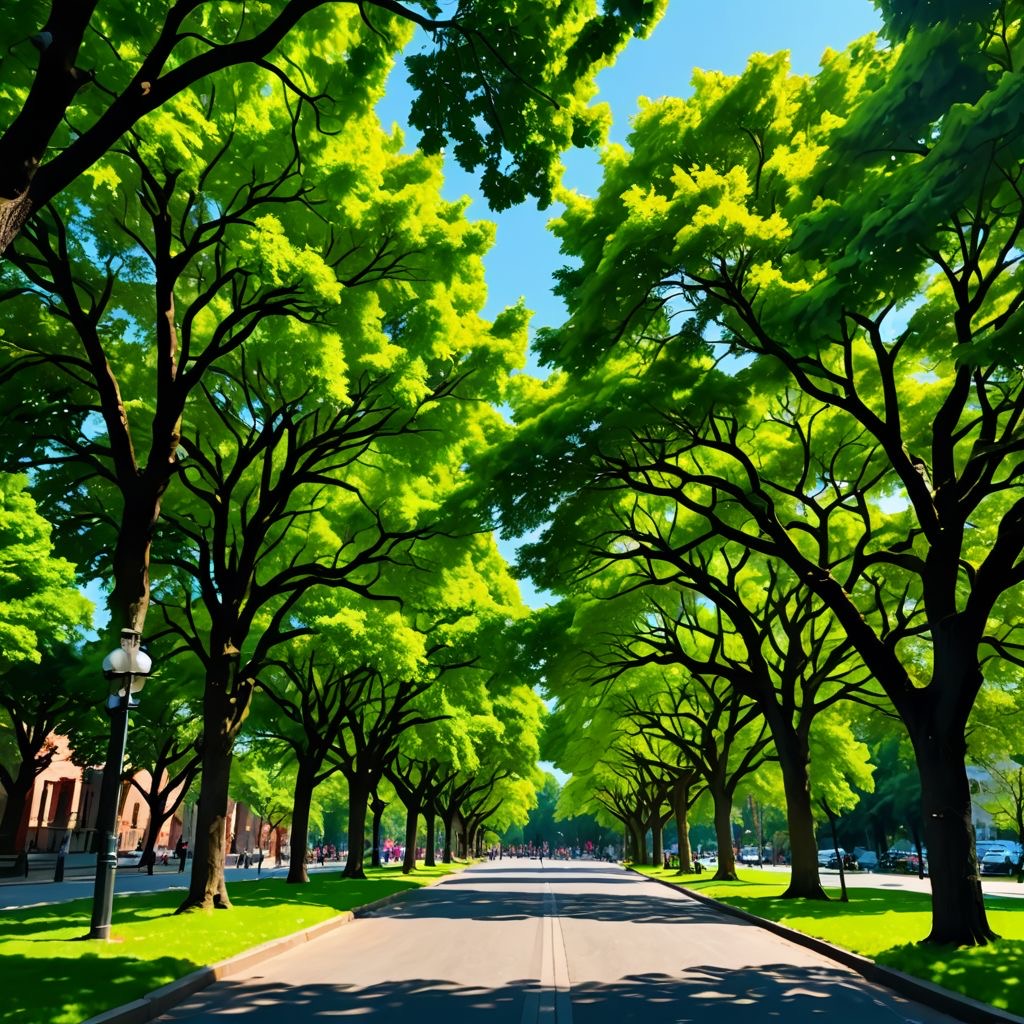
Table of Contents:
1. Introduction
2. The Concept of National Trees in Canada
3. Landscape Winnipeg, Our Commitment to Urban Forestry
4. Types of Trees Planned for Planting
5. The Scale of the Tree Planting Initiative
6. Funding and Investment in the Project
7. Community Involvement: Making a Difference One Tree at a Time
8. The Environmental Impact of Urban Tree Canopies
9. Conclusion
Introduction:
Ah, trees! Those marvelous, leafy giants of the natural world that provide shade, clean air, and, let’s face it, Instagram-perfect backgrounds for selfies. But did you know that trees don’t just enhance our outdoor living spaces; they also play a vital role in shaping our cities? This is particularly true for Winnipeg, where the City’s stated commitment to urban forestry aims to enrich the landscape and promote environmental sustainability.
So, what does that commitment look like? Does Winnipeg share a “national tree” with the rest of Canada? Spoiler alert: it does! But before we dig into the nitty-gritty, let’s address the elephant—or rather, the oak—in the room: the importance of trees in urban areas cannot be overstated. They provide essential ecosystem services, support wildlife, and contribute to the overall health and well-being of residents.
In this enlightening essay, we'll uncover everything from Canada’s national tree to Winnipeg’s ambitious planting initiatives. We’ll explore the types of trees planned for the city, the quantity set to permeate our urban forests, the financial backing associated with these projects, and the significant impact each Winnipegger could make by simply planting a tree each year. Grab your gardening gloves and maybe a cup of coffee (or tea, no judgment here) as we embark on this leafy journey through the importance of trees in the hearts of Canadians and the commitment of Winnipeg toward a greener future!

The Concept of National Trees in Canada:
Before we leap headfirst into Winnipeg’s initiative, let’s take a step back and talk about Canada’s national trees. You may or may not be surprised to hear that Canada does indeed have a national tree—the mighty maple (Acer spp.). The maple leaf is not just an iconic symbol of Canadian identity; it also underscores the vital connection between nature and cultural heritage.
Contact us today for your free estimate.
Why the Maple:
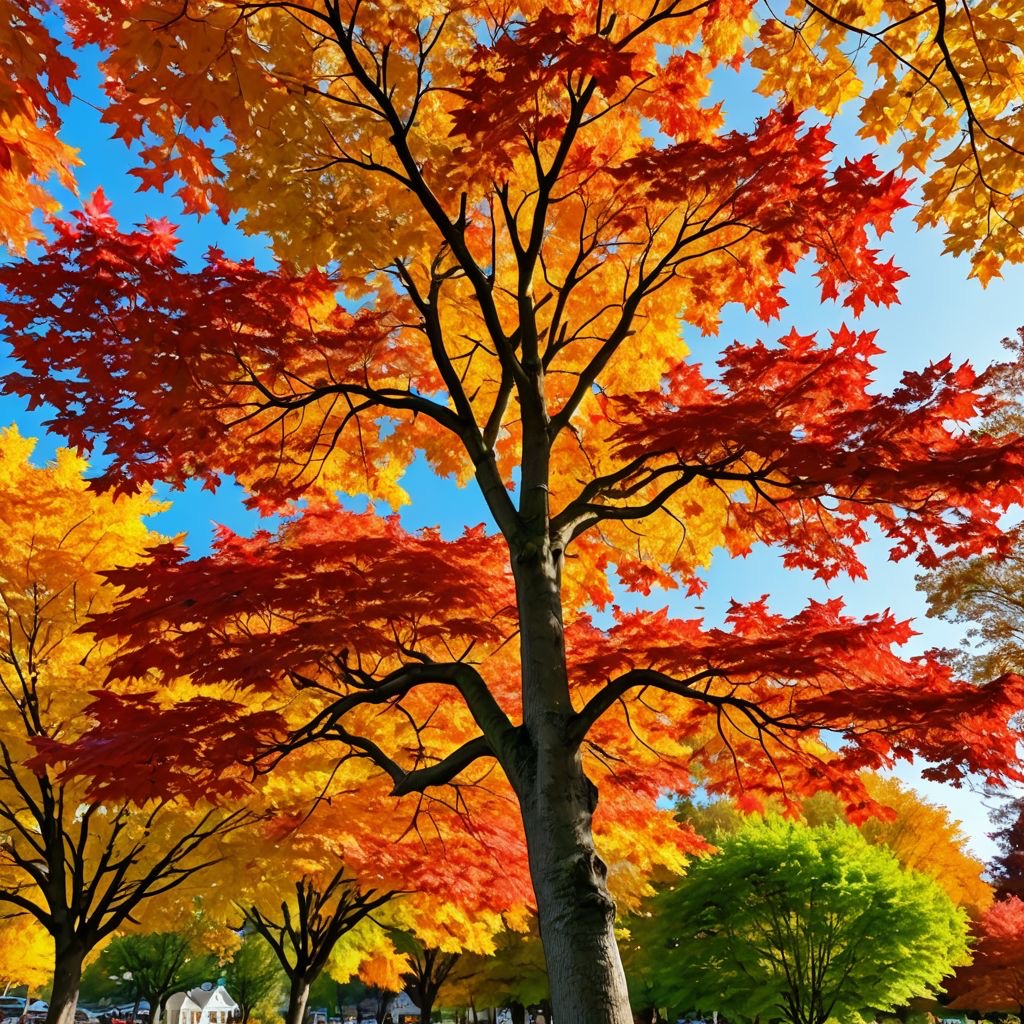
- Cultural Significance: The maple tree is deeply intertwined with Canadian culture, symbolizing unity and pride. It’s also the source of one of Canada’s most famous exports: maple syrup! There's nothing quite like drenching pancakes in that amber goodness, right?

- Environmental Contribution: Maples are adaptable and popular in landscaping, providing shade, beauty, and habitat for wildlife. They’re known for their stunning fall colors, which attract tourists and residents alike to enjoy the breathtaking foliar show.
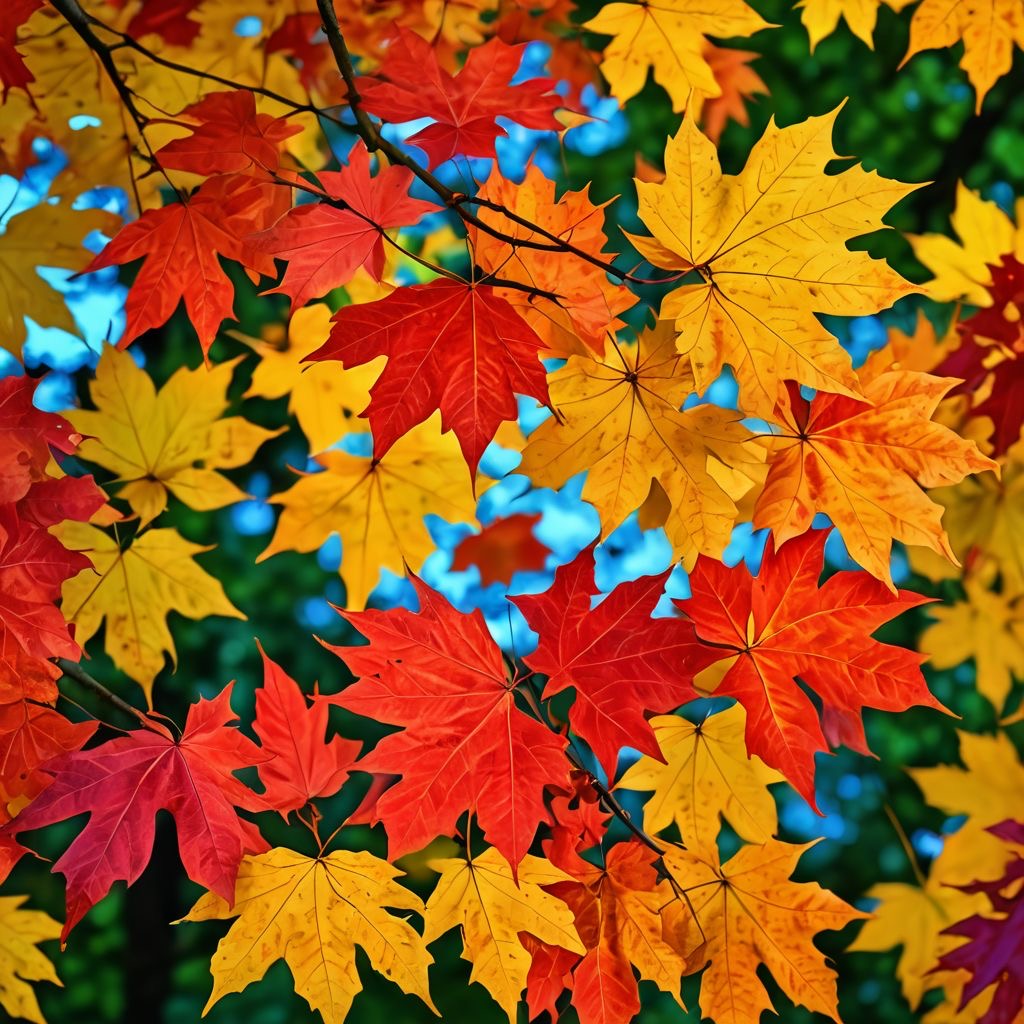
Are There Other Symbols:
While the maple leaf reigns supreme, several provinces and territories have designated their own official trees, such as the fir or pine. However, when it comes to Winnipeg and urban forestry, we’ll focus here on how the city embraces trees as an essential component of its landscape—beyond just the maple.
Winnipeg's Commitment to Urban Forestry:
Read here about Common tree diseases that plague Winnipeg trees.
Why Urban Forestry Matters
The city of Winnipeg recognizes the importance of urban forestry as a means to combat climate change, enhance aesthetic appeal, improve air quality, and promote overall community well-being. Urban trees provide numerous benefits:
1. Air Quality Improvement: Trees act as natural air filters, absorbing carbon dioxide and releasing oxygen. According to the U.S. Department of Agriculture Forest Service, one large tree can absorb about 48 pounds of carbon dioxide per year!
2. Temperature Regulation: Urban areas often suffer from the "urban heat island" effect—where cities are warmer than surrounding rural areas due to human activities. Trees provide shade, reducing the need for air conditioning in homes and buildings.

3. Enhanced Property Values: Studies have shown that properties with well-maintained trees and landscaping can see an increase in value. Talk about a win-win!
Contact us today for your free estimate.
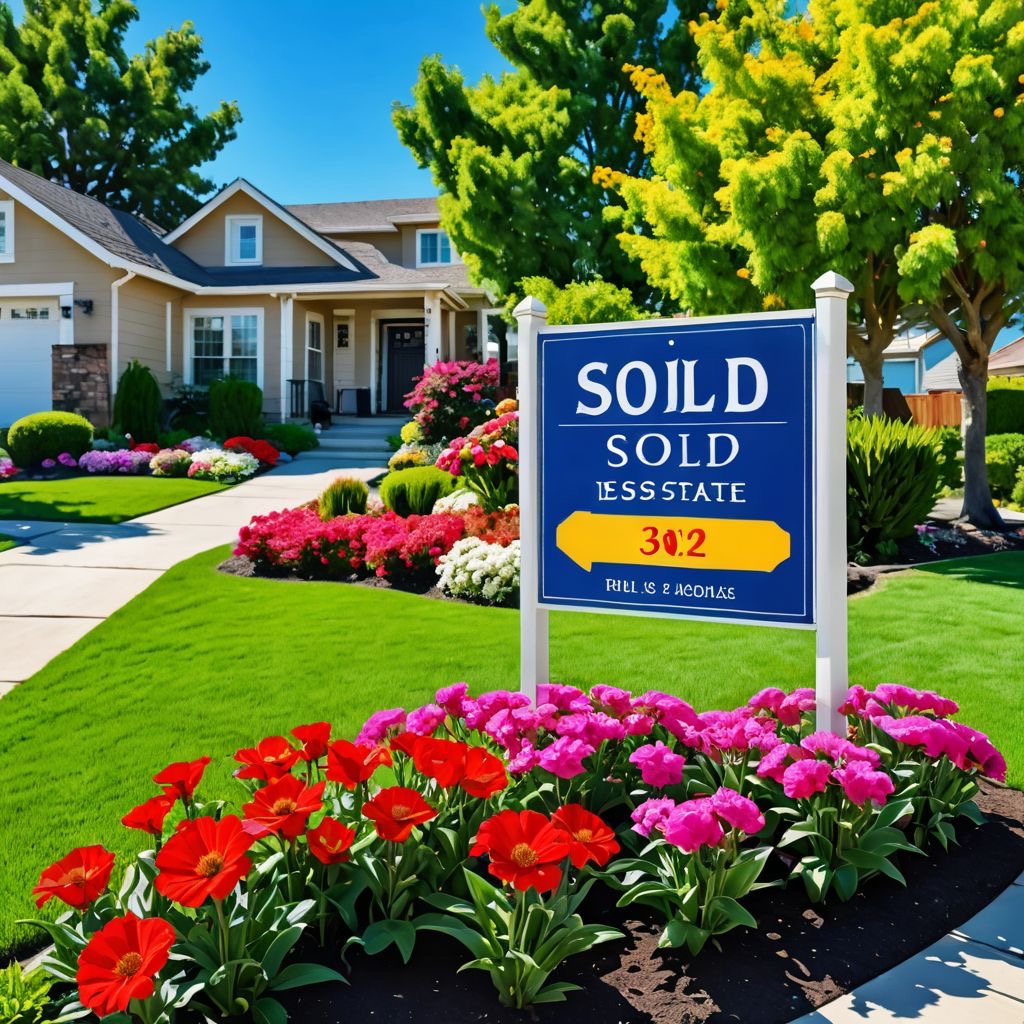
Ready to chat about your garden and landscaping goals?

Reach out by call or text to: 204-229-9789 or click here to submit your information today to arrange a “no obligation” introductory phone call. We look forward to helping you transform your yard.
Tips on how to prepare for a consultation meeting with a landscape contractor
4. Community Well-Being: Trees and green spaces improve mental health, encourage outdoor activities, and create a sense of community pride.
Winnipeg’s Urban Forest Strategy:
To harness these numerous benefits, the City of Winnipeg has adopted an urban forest strategy that outlines its commitment to increasing tree canopy cover across the municipality. The strategy isn’t just about planting trees; it’s also about community education, stewardship, and sustainable management.
Key components of this strategy include:
- Tree Planting Initiatives: The city has set ambitious goals for planting trees each year.
- Community Engagement: Encouraging Winnipeg residents to participate in tree planting efforts and care for existing trees.
- Diverse Planting: Ensuring a variety of species are planted to promote biodiversity and resilience against pests and diseases.
Types of Trees Planned for Planting:
So, what types of trees will be lining Winnipeg’s streets and parks? Here’s a look at some of the species that have been identified for planting in the urban forest initiative:
1. Maple Trees

- Importance: Naturally, the iconic maple finds its way into Winnipeg’s urban forest. Apart from its cultural significance, it provides fantastic shade and glorious fall colors.
- Common Varieties: Sugar maple (Acer saccharum), Norway maple (Acer platanoides).
2. Oak Trees
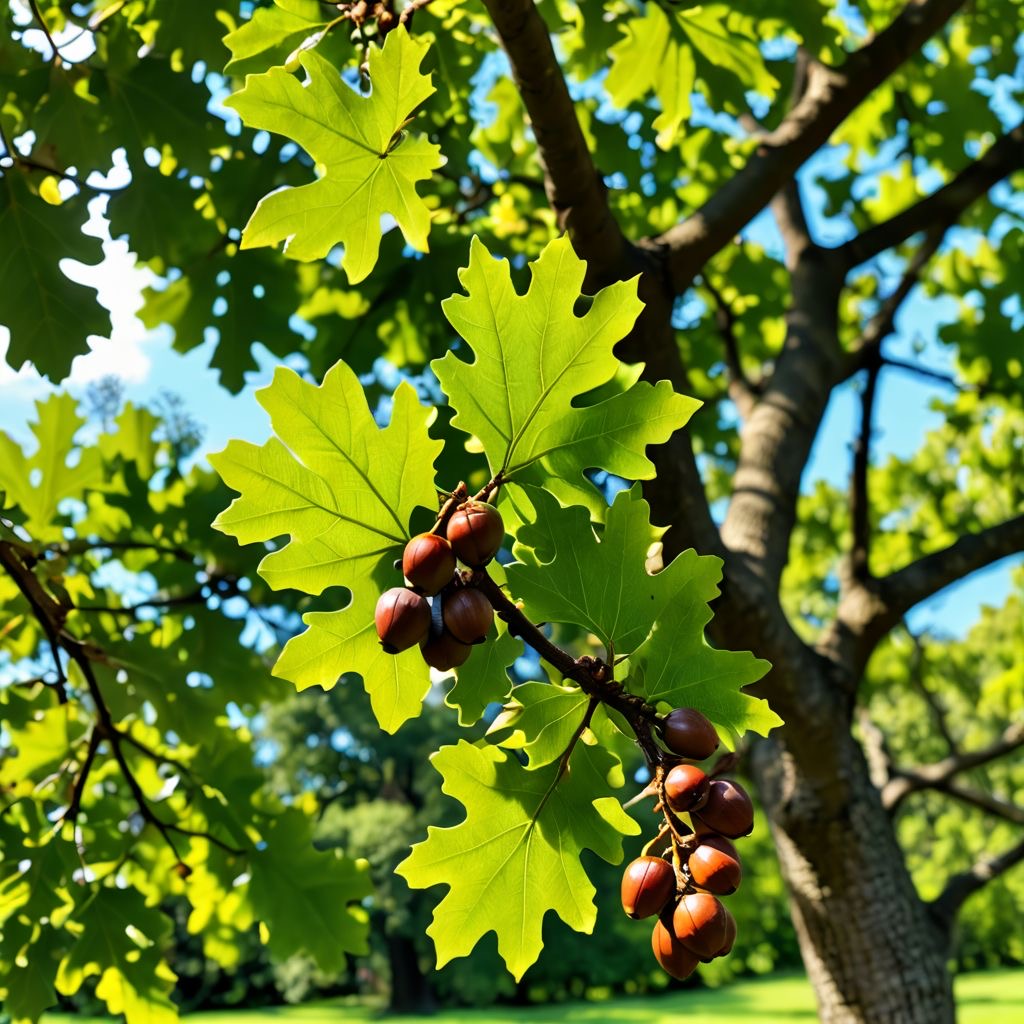
- Importance: Oaks are known for their longevity and strength, and they host a wide range of wildlife species. They also provide excellent shade and are commonly found in parks and residential areas.
- Common Varietie: Bur oak (Quercus macrocarpa) and red oak (Quercus rubra).
3. Birch Trees
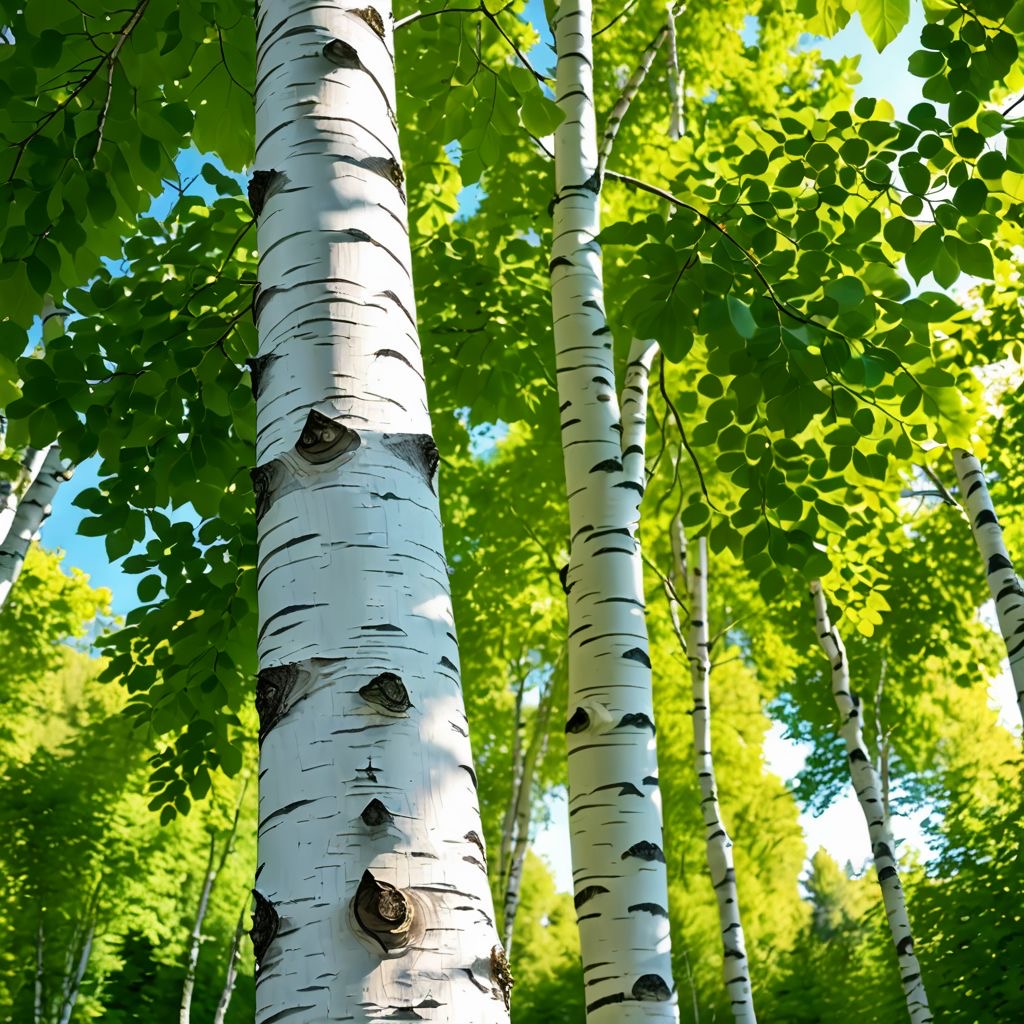
- Importance: Birches add beautiful visual interest with their white trunks and delicate foliage. They are also fast-growing and adapt well to urban environments.
- Common Varieties: White birch (Betula papyrifera) and black birch (Betula lenta).
4. Conifers
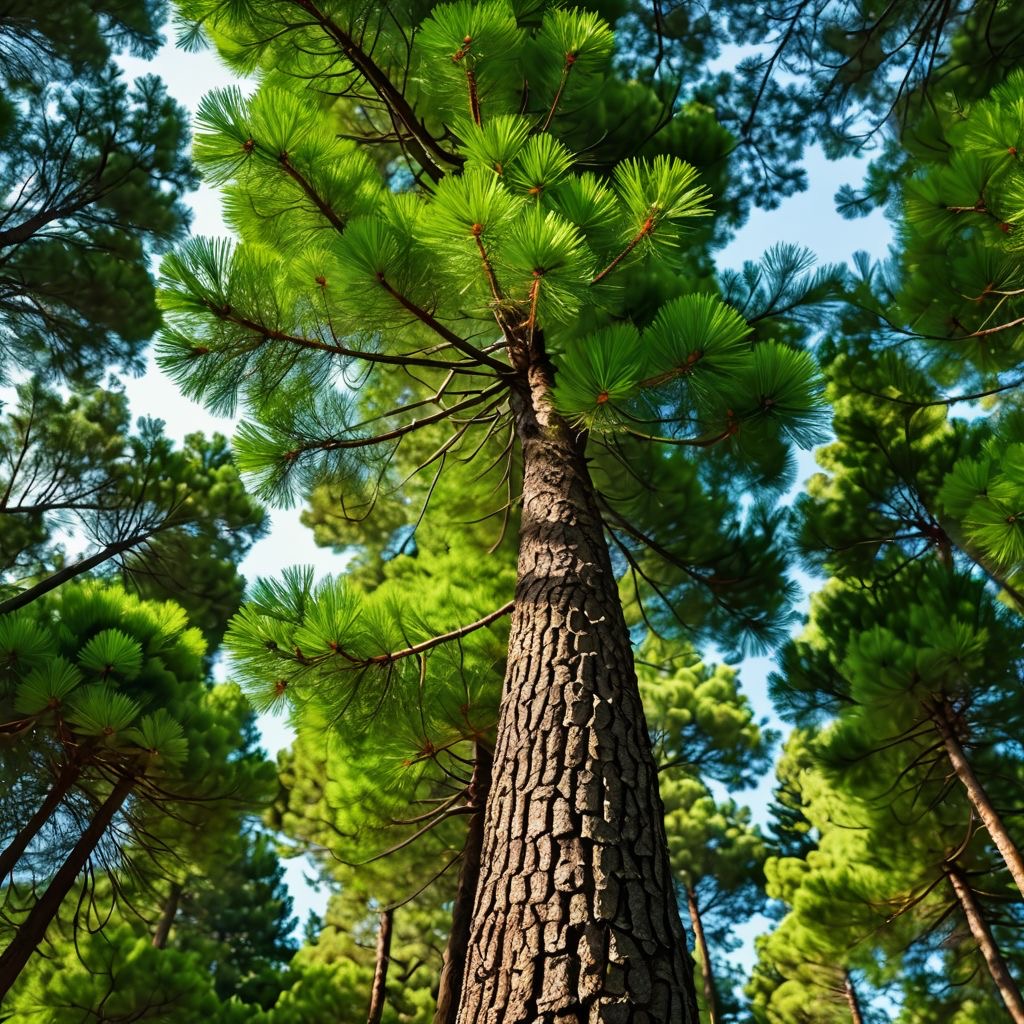
- Importance: Evergreen trees like pines and spruces provide year-round greenery, helping to maintain a vibrant landscape even in winter.
- Common Varieties: White spruce (Picea glauca) and red pine (Pinus resinosa).
5. Fruit Trees
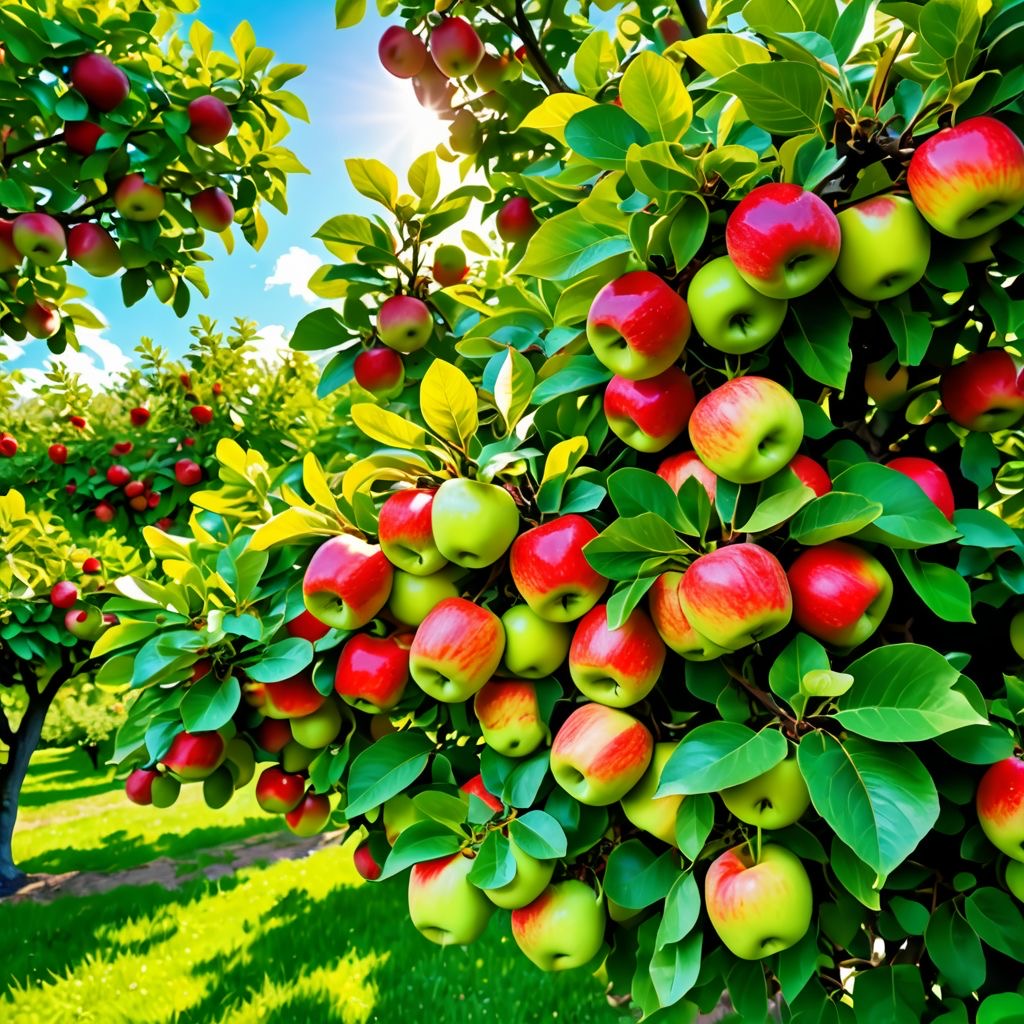
- Importance: Beyond aesthetics, planting fruit trees such as apple (Malus domestica) or cherry (Prunus avium) promotes local food sources and encourages community engagement.
Why a Diverse Selection Matters:
Planting diverse tree species is crucial for ecosystem resilience. A monoculture (single species) can lead to vulnerabilities, especially concerning pest outbreaks. By selecting a variety of trees, Winnipeg aims to create a robust canopy that can thrive under various climate and pest conditions.
The Scale of the Tree Planting Initiative
How Many Trees Are to Be Planted:
Winnipeg’s urban forestry program aims to plant 30,000 trees within the next five years. Yes, you read that right! Thirty thousand trees!
This large-scale initiative reflects the city’s commitment to increasing its tree canopy cover from around 12% to 20% by 2050, aligning with broader sustainability goals.
Timeline for Planting:
The timeline for this ambitious planting initiative varies based on funding, community engagement, and tree health. Each year, the city proposes specific planting goals, with tree planting often occurring in spring or fall—those glorious months when gardening enthusiasm is at its peak. Only time will tell if they will achieve their goals.
Funding and Investment in the Project
How Much Will the City Invest:
So, how much cash is flowing into this leafy endeavor? The City of Winnipeg has allocated approximately $2.2 million over the next few years for its urban forestry initiatives, emphasizing that this investment isn’t just about beautifying the city but also about promoting ecological health and community resilience.
Why Invest in Trees?
- Cost-Effective: Research indicates that investing in trees can yield significant economic returns. For every dollar invested in tree planting and care, cities can expect long term returns of $2 to $4 through reduced heating and cooling costs, improved air quality, and increased property values.
- Other Long-Term Benefits: Trees improve the overall quality of the urban environment, positively impacting residents’ health and well-being. A healthier community means fewer healthcare costs, making the investment worthwhile!
Contact us today for your free estimate.
Funding Sources:
The city often collaborates with local non-profit organizations, businesses, and even residents to raise additional funds. Grants from provincial and federal governments may also help support tree-planting endeavors.
Read here about the importance of caring for your trees
Community Involvement: Making a Difference One Tree at a Time
An Individual’s Impact:
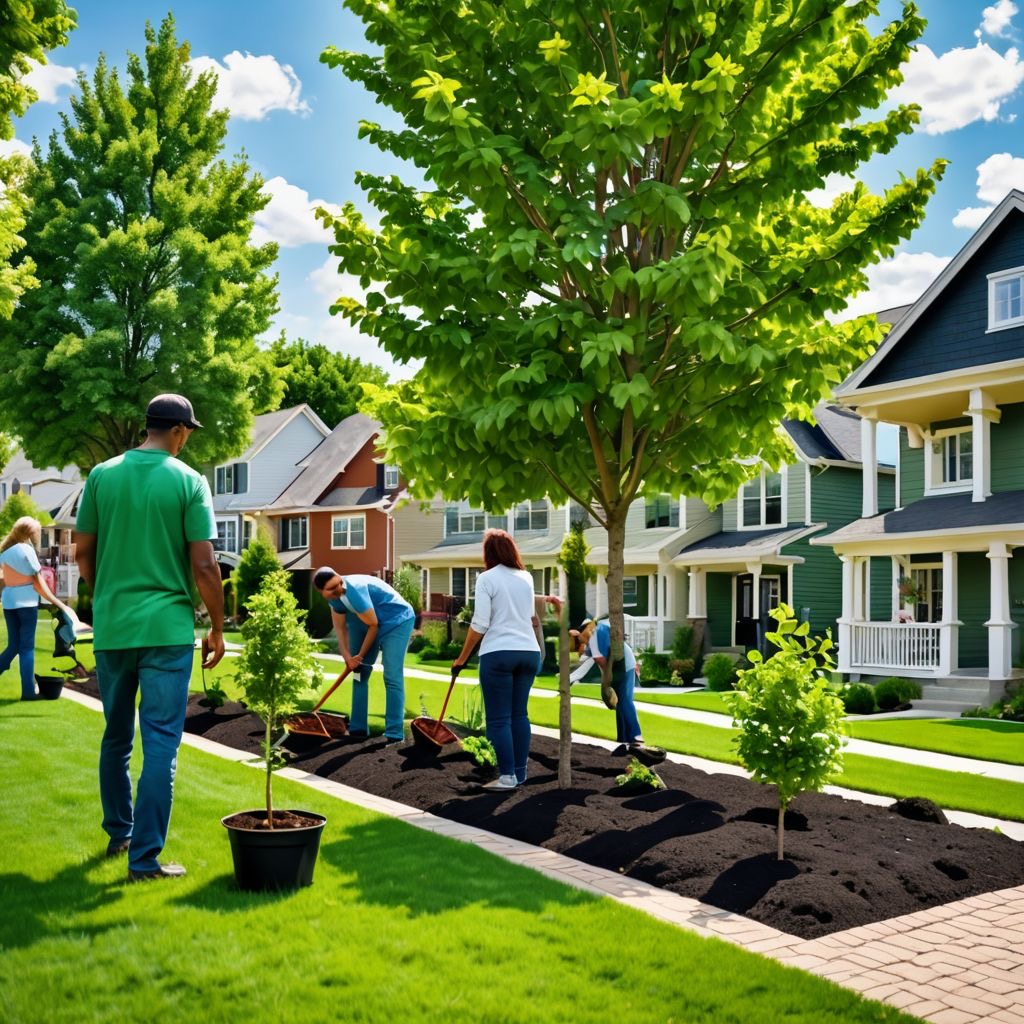
Imagine if every Winnipeg resident took it upon themselves to plant just one tree a year! Given the city's population, which hovers around 750,000, this could lead to an additional 7.5 million trees planted over a decade. That would be a staggering contribution to the city's urban forest!
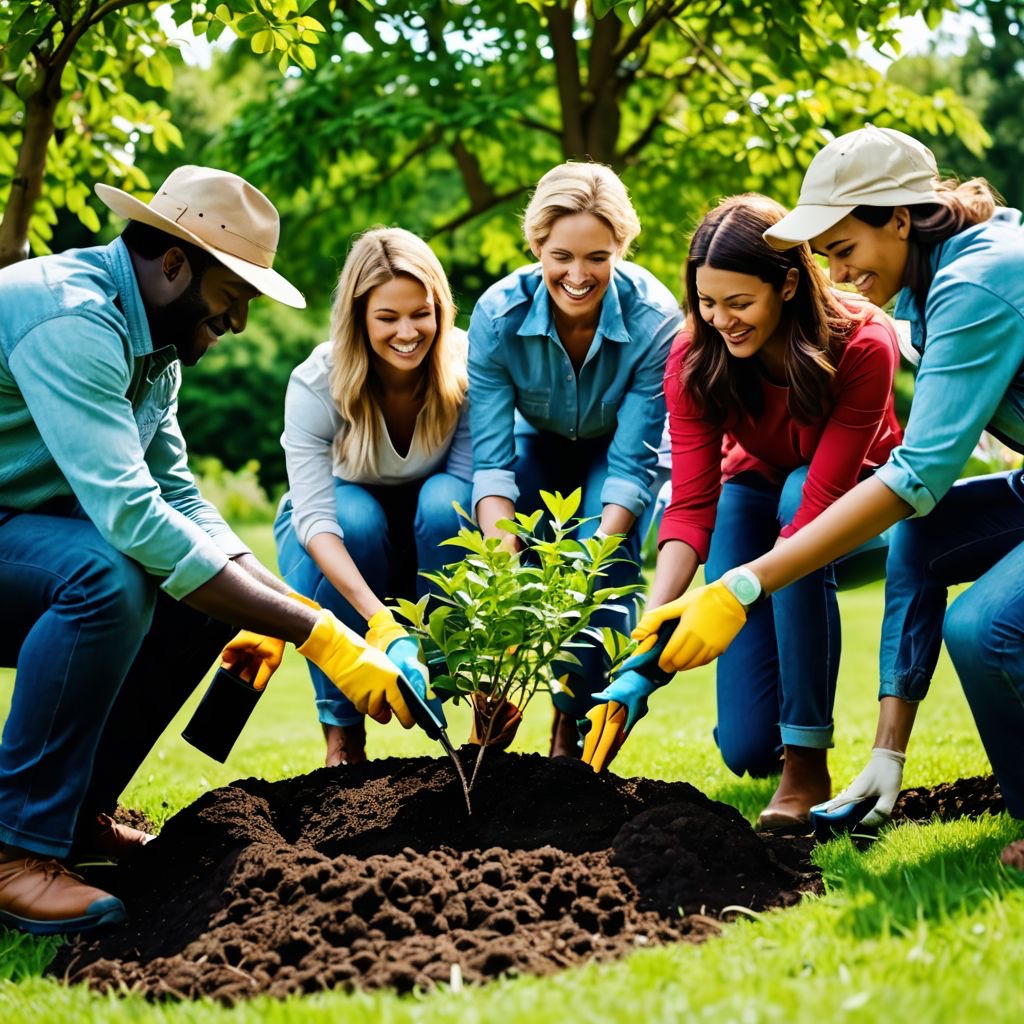
Grassroots Movements
Numerous grassroots organizations focus on tree planting and awareness campaigns that encourage residents to participate. Community-led initiatives develop a sense of pride and connection to the environment, showcasing that tree planting isn’t just the city's responsibility—it’s a team effort!
Local Events
Throughout the year, Winnipeg hosts community events such as tree-planting days where families can join in and make their mark on the landscape. These events are often coupled with educational workshops on how to care for trees, combining fun with learning.
The Environmental Impact of Urban Tree Canopies:
Ecological Benefits
The benefits of planting trees extend far beyond immediate aesthetics. Here’s a look at some of the critical ecological impacts of expanding Winnipeg’s urban canopy:
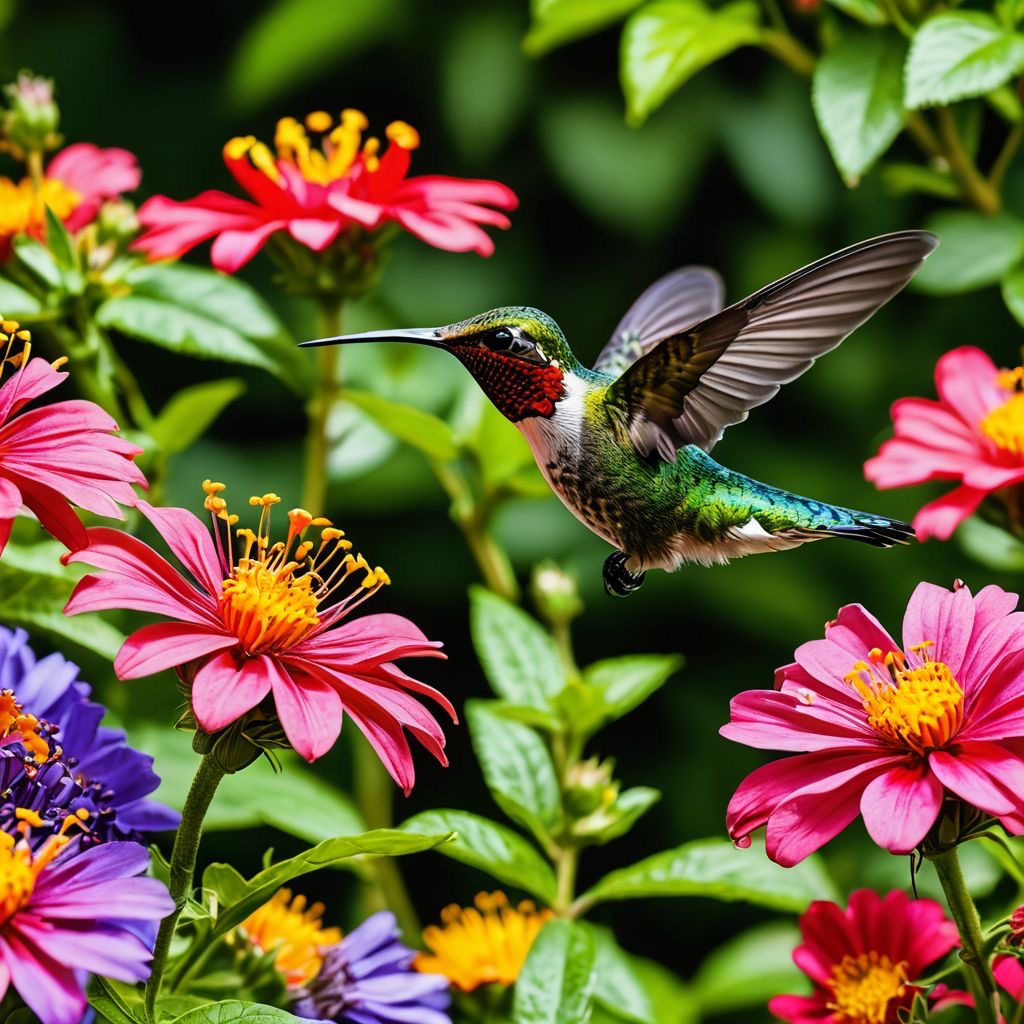
- Habitat Creation: Trees provide essential habitats for various wildlife species, including birds and insects.

- Soil Stabilization: Tree roots help prevent soil erosion and improve water retention in urban landscapes.
- Water Quality Improvement: Trees absorb runoff, filtering pollutants before they enter water bodies.
- Heat Reduction: Expanding tree cover helps combat urban heat islands, making neighborhoods cooler and more comfortable during those peak summer months.
Economic and Social Considerations
- Job Creation: Tree planting and maintenance can create jobs in landscaping and environmental management. This means that not only are trees beneficial for the environment, but they’re also beneficial for the local economy.
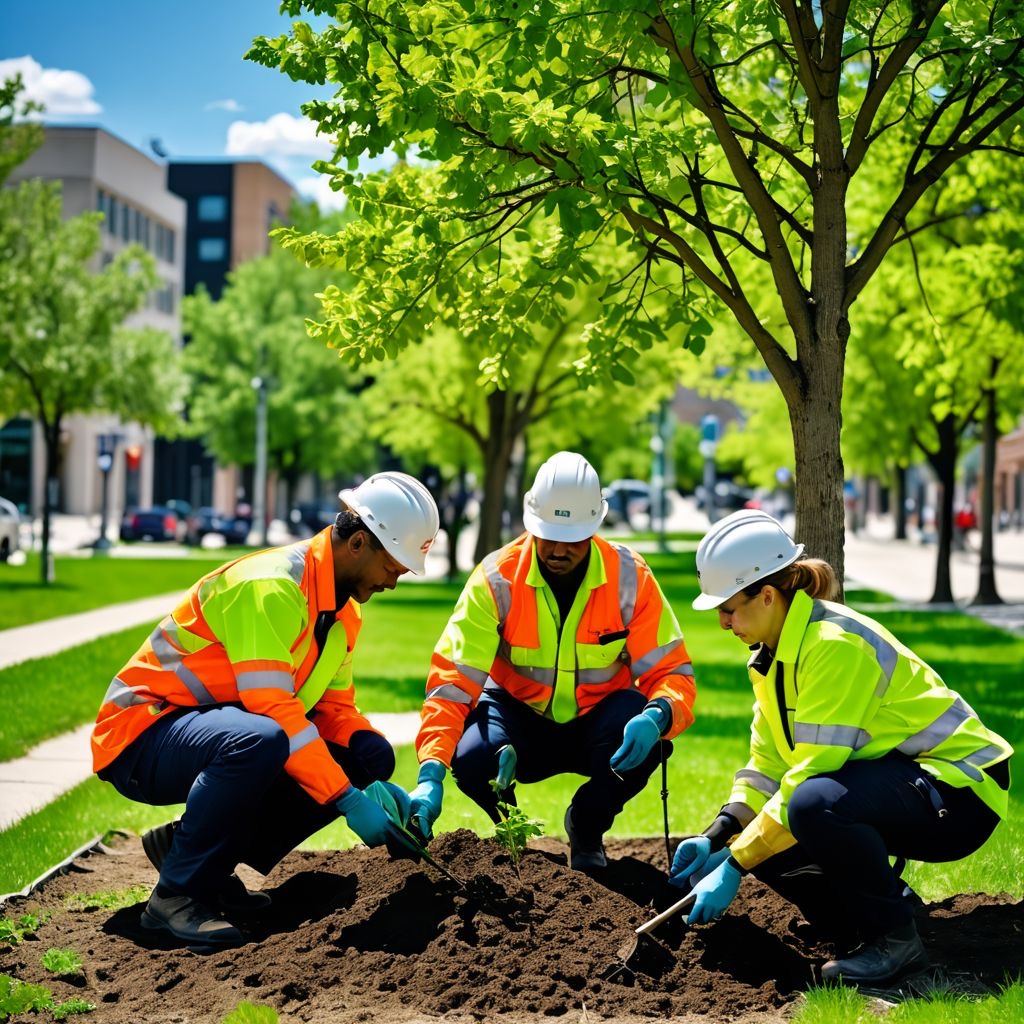
- Community Cohesion: Green spaces foster community interactions and promote healthier lifestyles by encouraging outdoor activities.
Conclusion:
Trees have always been an essential part of our lives, transforming urban landscapes into vibrant, healthy ecosystems. Winnipeg’s ambitious commitment to tree planting serves as a well-deserved shout-out to the importance of green spaces within urban environments. From the iconic maple tree representing national pride to the diverse species planned for planting, Winnipeg has embraced its role as a steward of nature.
The city’s plan to plant 30,000 trees over the next five years not only enhances aesthetic appeal but also tackles environmental challenges, ultimately leading to a healthier, happier community. With approximately $2.2 million invested in this initiative, the long-term benefits translate into cleaner air, improved property values, and stronger community bonds.
Moreover, if every Winnipegger took it upon themselves to plant just one tree each year, imagine the fantastic transformation we could achieve! Trees have the power to contribute positively to our climate, provide habitats for wildlife, and nurture a sense of community well-being—all while beautifying our surroundings.
It’s time to dig deep and get our hands dirty, whether by planting a tree in our backyards, participating in community events, or simply showing appreciation for the greenery around us. The effort is a collective journey towards a greener Winnipeg, with future generations thanking us for the care we give to Mother Nature today. So, let’s grab our shovels and turn those dreams for a greener city into a thriving reality—one tree at a time!

